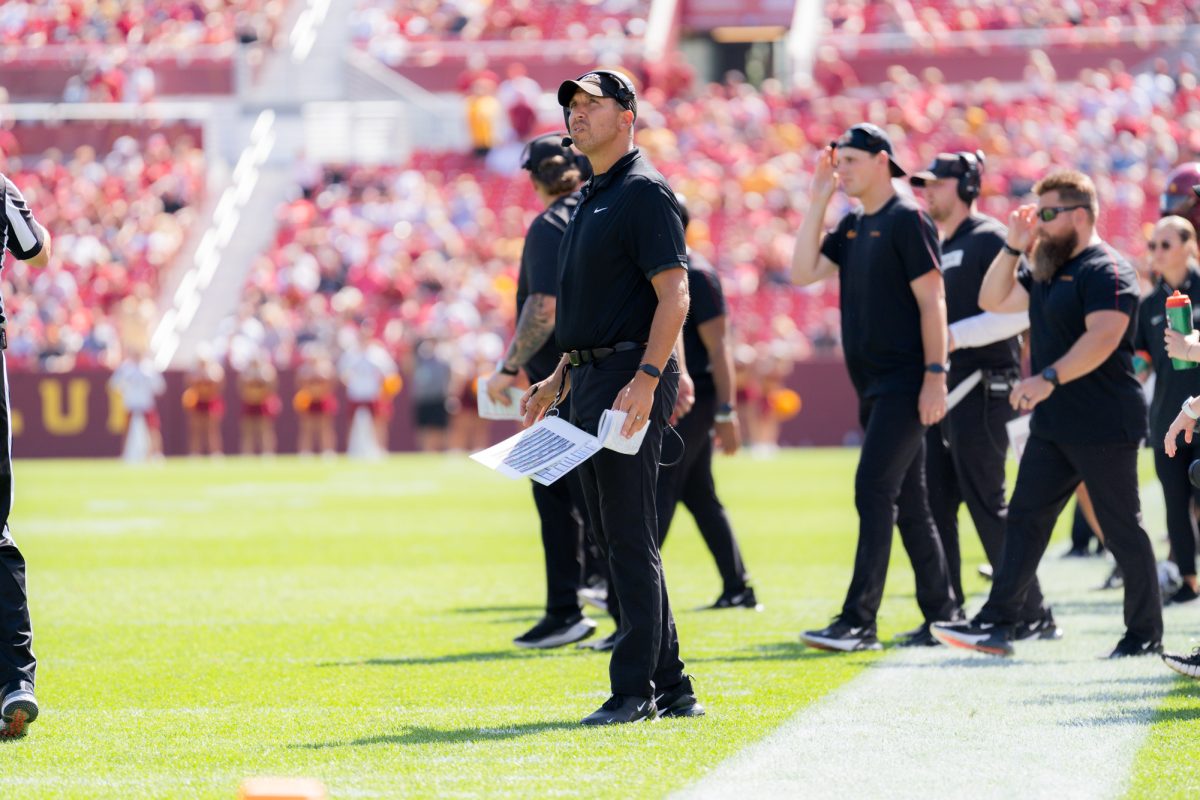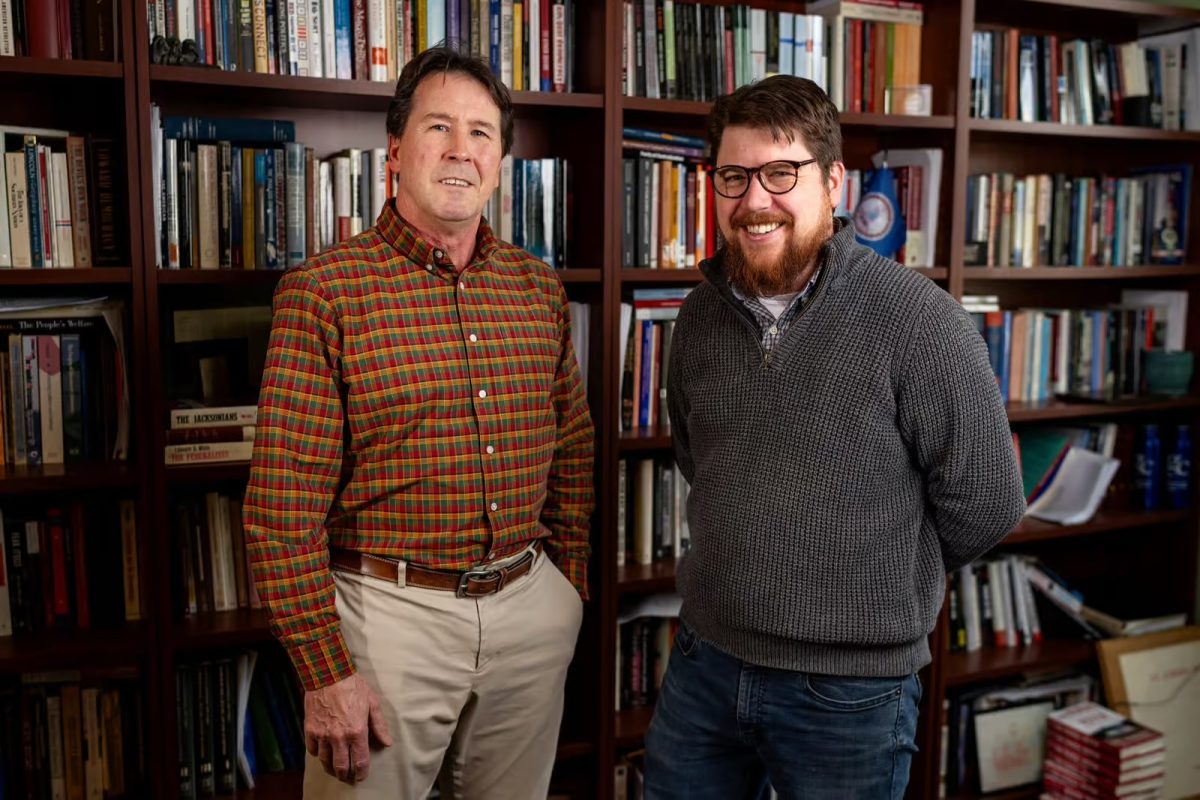Budget could affect non-academic departments
April 25, 2000
With threats of a cut in funding from the Iowa Legislature becoming more real every day, academic colleges aren’t the only areas of the university planning to tighten their belts during the 2001 fiscal year.
Thomas Hill, vice president for Student Affairs, said cuts could be difficult to make in the Office of Student Affairs.
“I wouldn’t say there is any one area that could absorb major cuts because, in my view, we are not a fat-budgeted area,” he said.
Hill said strategic planning would be needed to survive the cuts.
“A lot of things we do, we do with the bare necessities,” he said. “So when we start talking about cutting, we have to strategically look at this thing and really make some tough decisions.”
In the case of Facilities Planning and Management, the officials have little control over how much is spent, said Dave Miller, director of Facilities and Utilities for FP&M.
“If it’s gonna snow, we’re gonna pick up the snow,” he said. “There are a lot of those services we provide that are really non-discretionary.”
Miller also said his department has no capacity to reduce how much it spends on campus services.
“Anything that we would do to cut campus and grounds would be evident to the university community and to the visitors that would come here,” he said.
Facilities Planning and Management’s services are provided both to the general university and to departments on an as-requested basis, Miller said.
He said FP&M provides professional services, such as construction services, architecture and engineering services and space management, which includes room and special events scheduling. FP&M also provides maintenance services, such as custodial, building maintenance and campus and grounds.
Miller said it is up to the campus community to determine how much money needs to be spent on these services.
“It affects your quality of life,” he said. “You can walk around campus and see where you think we’re doing too much.”
A 1993 budget cut took the number of custodians down from 180 to the 120 it is now, so Miller said he is worried about budget cuts in this area.
“We’re very concerned about anything that makes those types of adjustments,” he said.
Hill said cutting in the Office of Student Affairs becomes difficult because ISU President Martin Jischke will often exempt items such as student scholarships from cuts. Student scholarships make up about 47 percent of the Student Affairs budget.
“But that doesn’t mean that we still don’t have to do our fair share of reductions; it just means that the reductions we have to do can’t be through student scholarships,” he said.
Earl Dowling, director of financial aid, said a division of scholarships totaling more than $6 million are need-based scholarships.
“This is scholarships that are made available through the tuition set-aside program,” he said. “We use them to meet the needs of our students when they apply for student aid.”
Other need-based scholarships are the IMAGES program and Project Open Door, which supplements IMAGES.
Merit-based scholarships include Excel Scholarship and Merit Scholarships, which include National Merit/Achievement Scholars.
Stars Scholarships are awarded based on both academic and financial need.
Hill said a large amount of work in the Student Affairs office is data processing, so a lot of budgeted money falls under a line item called current expense data processing.
“It could cover a lot of things; for example, the Registrar Office has a lot of services covered by ADP,” he said. “That’s probably part of it as well as the servicing and equipment within the division.”
Until the size of the state appropriation is known, planning is difficult, Hill said.
“What has to happen is I would have to know the size of the shortfall, and then we’d have to sit down as a staff and talk about where we could possibly make cuts,” he said.
Pat Strah, budget analyst in Business and Finance, said administration officials can’t decide where budget cuts at the university would have to be until they know how much they will have to cut.
“We can’t decide until we know the level,” she said. “Until we have that number, it’s really hard to guess who will be hit and to what level.”






